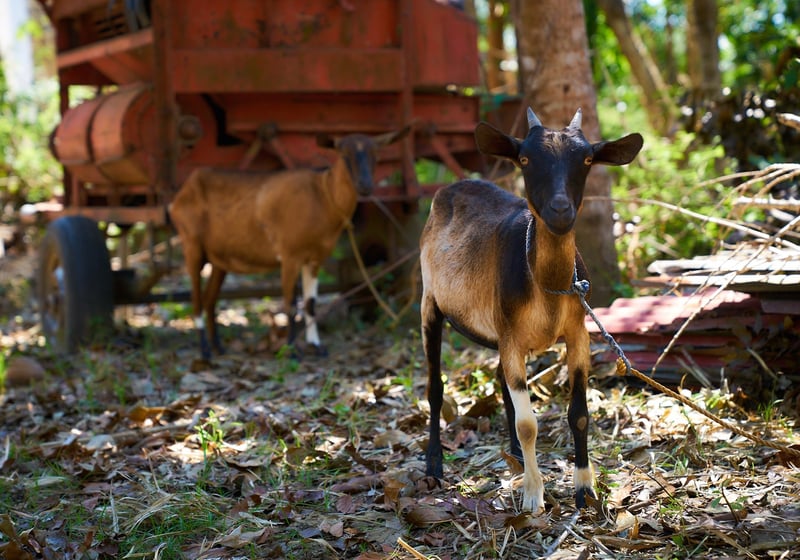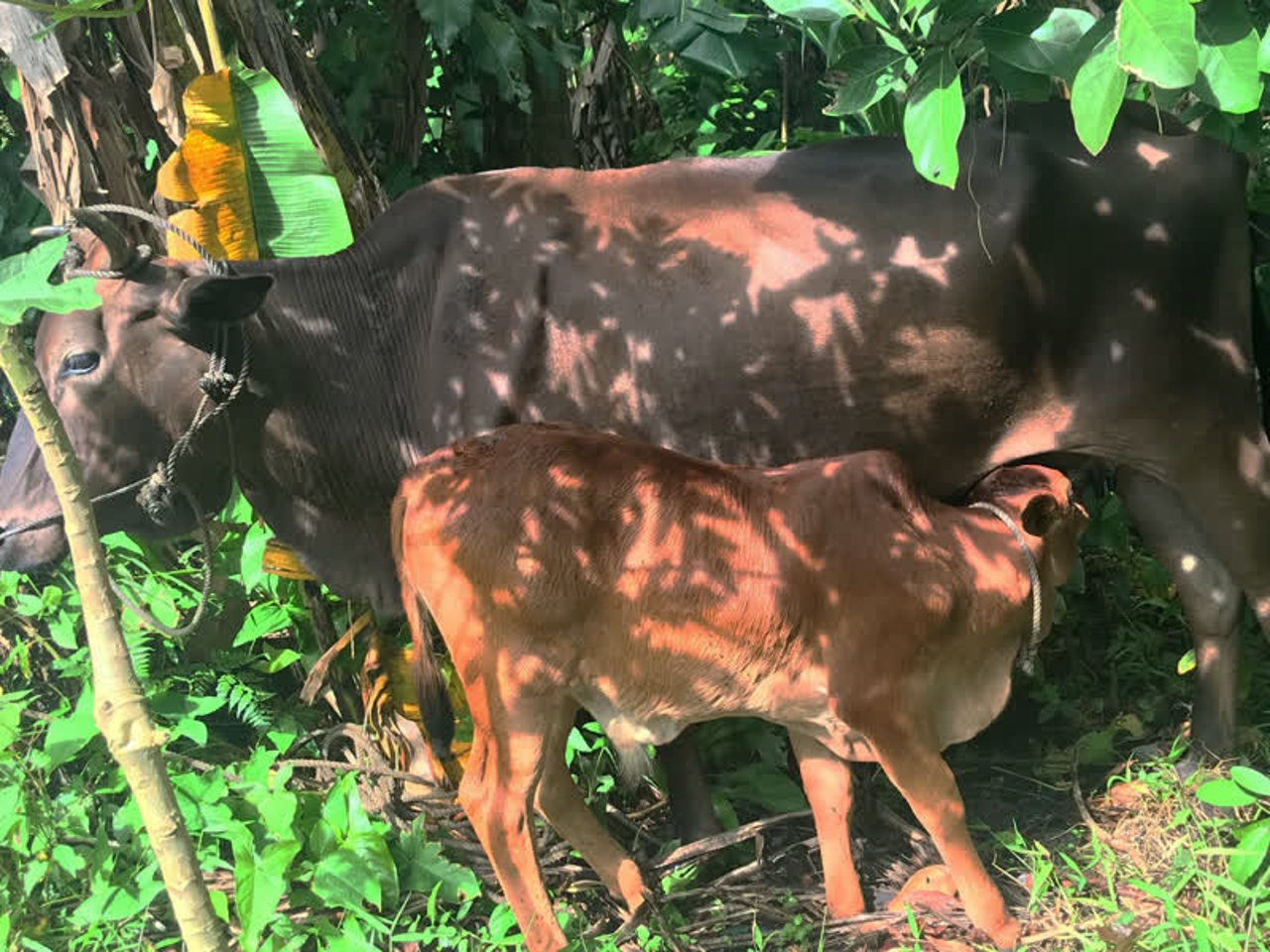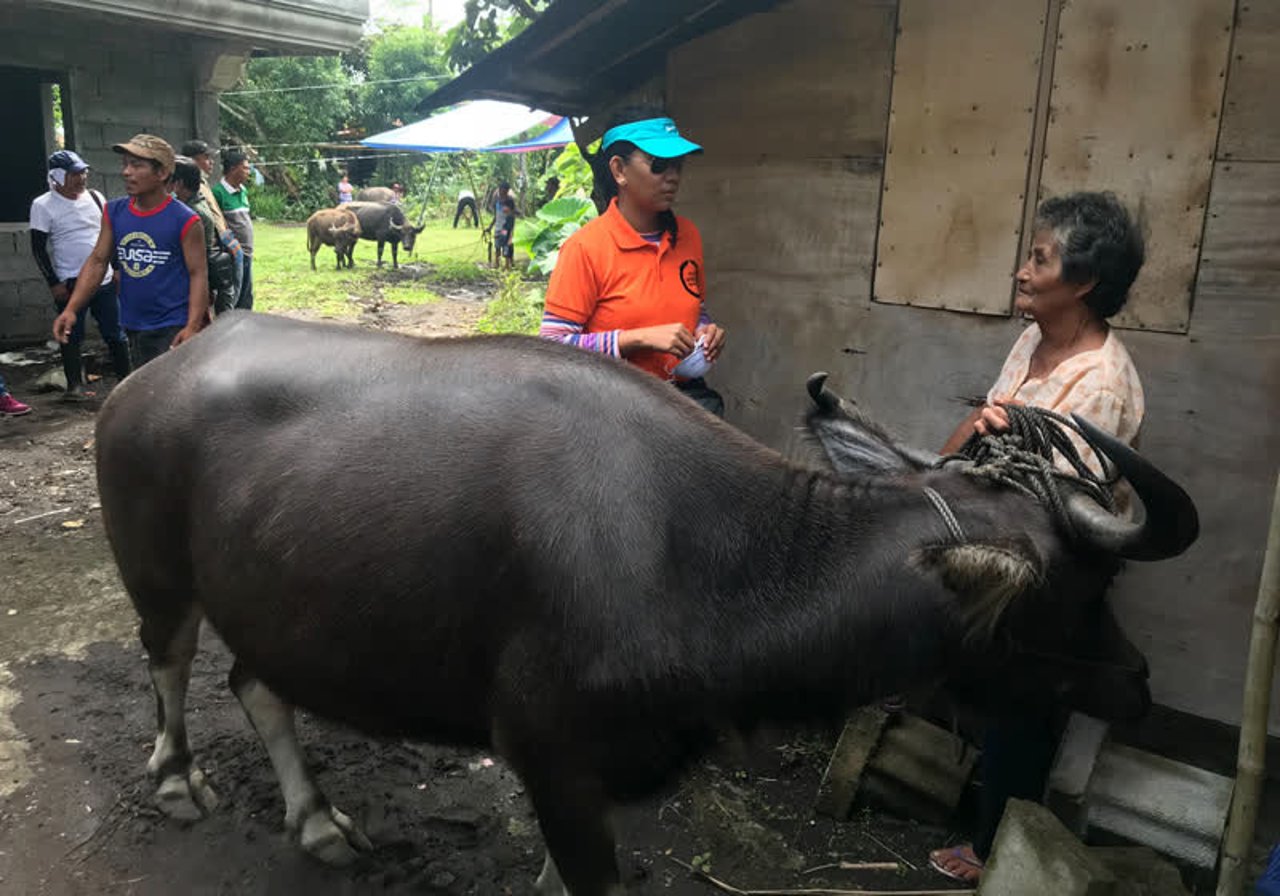
After volcano eruptions late last month, we’re working to protect animals in need
Determining the appropriate response
Evacuations often cause animal suffering during disaters. Simply put, often there aren't enough resources to transport animals in the event of an evacuation. Thus, animals sadly left behind and suffer from injury, neglect, starvation, disease and ultimately death.
We evacuated animals to the area of Albay which is free from ashfall and there is still grass for the animals to graze.
The recent Mount Mayon volcanic eruptions led to the scenario described above, where animals were initially left behind as shelters could not afford to take them in.
A critical step in disaster response involves coordinating with the local government to ensure that all animal needs are met throughout a disaster response.
That is why Dr. May Espiritus, our Disaster Liason Officer (DLO), has been in contact with the Philipinne government to identify the most pressing needs after learning that the evacuation of farm animals had been under control. After these discussions, we have decided to provide food and medicine for affected animals.
Using our foundation
Naritsorn Pholperm, one of our disaster vets, recalls that during the 2014 Mount Mayon eruptions, he met a grateful local government official at one of the evacuation shelters.
“He told me they remembered our drill from 2001 and that they used the skills and advice we gave them then to run a smooth evacuation of livestock this time," Naritsorn said.
Our Disaster Liaison Officer (DLO) Dr. May Christine Espiritus meets Corazon Lopez (77), who, along with her son, evacuated her 5 year old buffalo to a safe environment in Albay.
The current situation at Mount Mayon is still unfolding, and while we hope these plans and practices are still being used throughout the area, we will know more in the coming days.
Thankfully, the community affected by Mount Mayon's eruptions have a foundation of previous experience and training to fall back on during their emergency recovery.
Ready at the first sign of danger
Disasters strike the world’s population more than 400 times every year, killing, injuring and displacing millions of animals and people.
These catastrophic events severely affect over 40 million animals every year, and they are expected to increase in scale, severity and frequency.
Despite this, animals are rarely included in national emergency management systems, often for no other reason than a lack of knowledge, skills and resources.
Our staff is trained to provide immediate global emergency response for animals, and often times, this response may change depending on the nature of the disaster and the needs of the local government and animals
We are planning to work with the national government in the Philippines to make sure they include animals in their official disaster management policies once this crisis is resolved.
Top image: After Typhoon Haima struck the Philippines in October 2016, we sent a team to assess the damage and provide rapid emergency veterinary assistance to animals in need.
He told me they remembered our drill from 2001 and that they used the skills and advice we gave them then to run a smooth evacuation of livestock this time.

